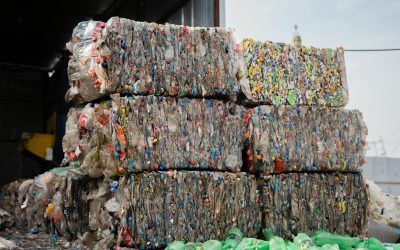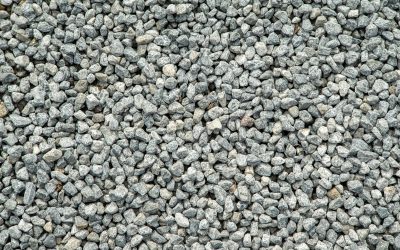The screen is considered the heart of every recycling system, as screen performance determines the recovery rate of materials in C&D recycling. In addition to improved separation and reduced power consumption, the Freedom Disc Screen’s anti-wrapping feature has proven to reduce scheduled and unplanned maintenance requirements. It’s the preferred screening method for difficult materials that contain stretch wrap film, plastics, wire, metals, and wet, stringy waste.
Recycling C&D Waste
A considerable amount of the waste that is generated on every renovation and construction project can be recycled. C&D waste is loaded into a roll-off container or trailer and transported to a recycling facility. In order to reduce transportation costs, the C&D waste may be crushed or combined with soils and other contaminants from the construction site.
At the recycling facility, the recycling process begins as the C&D waste is presented to a screen. Some recycling facilities deposit the material directly onto the screen with an excavator, while others use a conveyor to discharge the material onto the screen. The primary objective for the screen is to separate the C&D waste into manageable fractions, commonly referred to as fines, middles, and overs.
Need equipment that can handle tough materials with ease?
Fines, Middles, and Overs
The fines (nominally 2” and smaller) may contain soils, asphalt, brick, concrete block, metals, and other items. Magnets will capture the ferrous metals, but recovering aggregates from fines requires the removal of soils with a density separator or destoner.
The middles fraction (nominally 2” – 10” fraction) is processed with magnets and density separators to capture ferrous metals and aggregates. It can be very difficult to capture items manually on a sort belt from the middles fraction. Optical sorters and near-infrared detectors can be utilized to identify and separate wood, metals, and plastics from this fraction.
The overs material (nominally +10” fraction) discharges onto a sort belt and laborers remove items such as aggregates, steel, plastics, clean wood, and old cardboard containers (OCC). Even though OCC is a valuable commodity, when it comes in contact with waste, the value is negatively affected as OCC tends to absorb any liquids.
Residuals
After the manual separation, items discharged from the sort belt are commonly referred to as residuals. In most cases, the residuals are transported and disposed of at a landfill. In certain cases, residuals may be acceptable as an alternate fuel or processed waste. New construction waste (consisting of packaging materials and cut-offs from new material, such as plywood, dimensional lumber, and drywall) are easier to recover and more valuable than items from demolition waste.
New markets for select items recovered from demolition waste need to be created in order to justify the expense of recycling demolition waste. Some materials are easier and more profitable when it comes to C&D processing. Choosing the correct screen will enhance the operation and improve your bottom line.
Contact AEI to get a quote for the Freedom Disc Screen.


